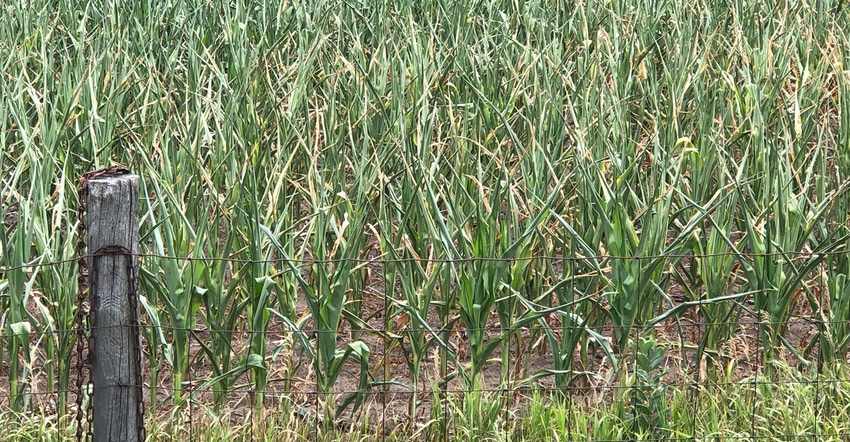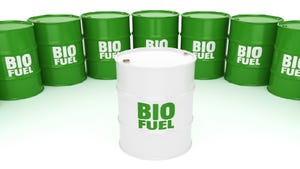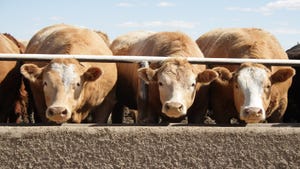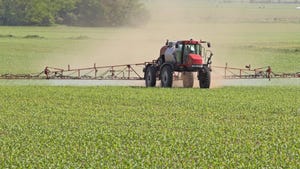November 11, 2021

There has been a lot of media coverage about rising fertilizer prices. A recent survey of dealers in south-central Minnesota showed the price of anhydrous ammonia ranging from $1,250 to $1,400 per ton. Furthermore, none of the retailers contacted were pricing fertilizer for spring application, casting a shadow on overall fertilizer decisions.
It is uncertain as to whether there are real concerns about fertilizer availability, or if dealers are trying to avoid the risk of purchasing expensive product that they would be forced to sell at a loss, should fertilizer prices drop.
Farmers have rightly been questioning whether they need to adjust their plans based on this situation. Here are some things to consider when evaluating your situation.
1. Make sure you are complying with Minnesota’s nitrogen fertilizer rule. The updated Groundwater Protection Rule is now in its second year. This means that fall application of nitrogen fertilizer is forbidden in areas of the state with high vulnerability of N loss to water. In these locations, there is no choice but to wait until spring and see how the situation develops.
2. A lower N rate makes sense at the current price ratio. For much of the rest of the state, producers are left with the choice of whether to pay for expensive fertilizer now or hope that prices decrease by spring. There is risk when it comes to price and product availability, and farmers will need to investigate their own situations before choosing the appropriate course of action.
The current price of anhydrous ammonia comes out to about 80 cents per pound of N. University of Minnesota Best Management Practices for south-central Minnesota say that fall N application should only be done with anhydrous ammonia with a nitrification inhibitor. Other N sources are not recommended, because the potential for N loss is too large.
Buying expensive fertilizer that is not going to be there in the spring is not a good investment. Use of a nitrification inhibitor is wise anywhere that fall N is applied, regardless of whether it is officially part of the university’s BMPs.
The most-used nitrification inhibitor costs around $11.50 per acre, regardless of the rate of anhydrous used. This adds about 8 cents per pound of N to the cost of application. A check of the current spot price for corn at a local ethanol plant showed a price of about $5.50 per bushel, without a lot of fluctuation for delivery over the next several months. Adding all of this up, we get a price ratio of 0.16 (the cost of N fertilizer relative to the price of corn). This compares to the long-term average of a 0.10 price ratio.
Our current N rate tables show an average recommendation of 165 pounds of N per acre for corn following corn, and 130 pounds of N per acre for corn following soybean at the 0.10 price ratio. At the 0.15 ratio, the recommended N rate drops to 150 pounds of N per acre for corn following corn, and 115 pounds of N per acre for corn following soybeans.
Use the corn nitrogen rate calculator to input fertilizer costs and corn prices in your area to figure out an economically optimal rate for your farm.
3. Test for residual N to see if you can take an N credit. A significant factor to consider is that we have just finished an abnormally dry growing season. History, as well as the science of how N behaves in the environment, indicates that there is likely still a significant amount of residual N left in the soil.
Soil tests showing residual nitrate-N in excess of 80 pounds per acre have been common in Minnesota this fall. There is also a substantial amount of ammonium N that has not transformed to nitrate yet due to the dry conditions. The residual N in nitrate form is vulnerable to loss, depending on how wet it gets between now and when next year’s crop begins to grow. If the soil profile becomes saturated, nitrate will begin to move toward tile lines or the water table This will mean elevated nitrate levels in surface and shallow groundwater, which is bad for water quality.
If your farm experienced dry conditions during the 2021 growing season, consider taking 2-foot soil samples this fall (in western Minnesota) or next spring. Your soil test may indicate that you can take an N credit for the residual N left in the soil, meaning you could apply a lower rate of N this fall or next spring. Try to time the soil test as close as possible to when you need to finalize fertilizer decisions to ensure accuracy. For most farmers in Minnesota, this will mean late March or early April.
One strategy that can be employed given the potential for N carryover is to only apply a half-rate of N this fall, and wait to see what the weather and soil conditions are prior to planting.
4. Take the dry 2021 growing season into consideration. The university’s rate recommendations are given in a “window” or range, with upper and lower rates representing less than $1 in economic difference. The extremely wet conditions in the years prior to 2020 have led us to suggest farmers consider adjusting their rates toward the top end of this range, as there was likely increased N loss to the atmosphere through denitrification due to the wet conditions. The very dry conditions this year mean that farmers may want to consider adjusting their overall rates to the bottom end of the rate window, especially given the high cost of N fertilizer.
5. 2022 could be a good year for applying N in-season. Split-applying N has become more popular over the last few years because it gives farmers more time to make more informed fertilizer decisions. Higher residual N levels in the soil means that crops are not going to starve early in the growing season if you decide to wait and apply part or all of the N in-season. This means that N-rate decisions can be put off all the way until next summer if you want.
Keep in mind, though, that split applications nearly always involve either urea or UAN, which cost more than anhydrous and often require an additional trip across the field, which adds to the overall cost.
Carlson is a U-M Extension educator and Fernández is a U-M Extension nitrogen management specialist. Support for Minnesota Crop News nutrient management blog posts is provided in part by the Agricultural Fertilizer Research & Education Council.
Source: University of Minnesota Extension, which is solely responsible for the information provided and is wholly owned by the source. Informa Business Media and all of its subsidiaries are not responsible for any of the content contained in this information asset.
You May Also Like




